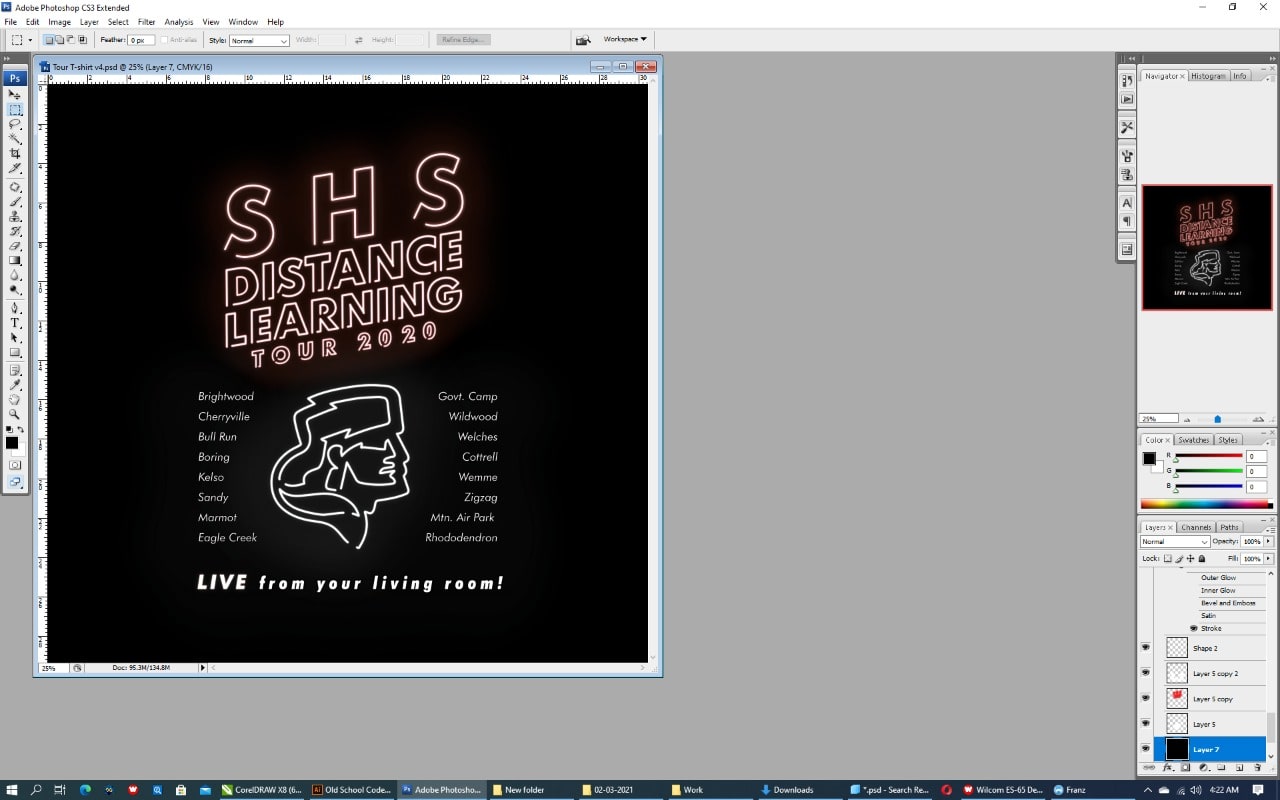
- #CONVERT RASTER TO VECTOR ILLUSTRATOR CS5 HOW TO#
- #CONVERT RASTER TO VECTOR ILLUSTRATOR CS5 FULL#
- #CONVERT RASTER TO VECTOR ILLUSTRATOR CS5 DOWNLOAD#
- #CONVERT RASTER TO VECTOR ILLUSTRATOR CS5 FREE#
Fill this object with a radiant gradient from white to light-green. The size of the rectangle should correspond to the size of the artboard. Draw a rectangle with the help of the Rectangle Tool (M). To move the vertices of the adjacent polygons, select them with the Lasso Tool (Q), then shift them with the Direct Selection Tool (A) or with the arrow keys. To modify the color, click twice on the slider in the Gradient panel which opens the Color panel. Select and delete polygons which are located outside the lime.īecause of the vector format of images, we can, if necessary, change the colors of the linear gradients a little and the location of vertices. As you can see, the mosaic represents regular vector objects which are filled with linear gradients. As you can see, this file has the SVG extension and can be opened in any vector editor. Once mosaics from polygons have been created, click Export.Īs a result of these actions, the mosaics will be opened in a new window.Ĭlick on the mosaic with the right mouse button, then choose Save as… in the opened context menu. Don’t pay any attention to it–they will be deleted later. In this case, we can reduce the opacity of all polygons by shifting the left slider on the upper panel.Īs you can see, some polygons are located outside the objects. Soon the most part of the image will be hidden by the mosaic, and it will be difficult to understand where to put the next point.
#CONVERT RASTER TO VECTOR ILLUSTRATOR CS5 HOW TO#
I cannot say that it is an easy task, but with a little experimentation, you’ll learn how to do it. Try to emphasize the structure using the forms of the polygons themselves. I think that vertices of polygons should be placed on the borders of the object forms and on the borders of color. You can move the vertices of the created polygons. The click on a new point creates a new polygon or separates the existent one if the click was done inside it.

Now create the first polygon by clicking three times on the image where vertices should be placed. Then delete formed polygons by clicking on Delete all vertices. In this case, click on Randomly in the upper panel. Sometimes, for reasons unknown to me, this cannot be done from the first time. To create polygons, click on different places of our image.
#CONVERT RASTER TO VECTOR ILLUSTRATOR CS5 FULL#
I want to draw your attention that you should have your browser in a full screen mode for Triangulator to work successfully. The quality of the image is not significant.ĭrag your image to the drop zone as indicated in the picture below. I think for convenient operation, the width of the image should be between 600-800px. Reduce the size of the image in any raster editor, for example, in Photoshop if its size is too big.

I’ll use the Fresh ripe lime from Shutterstock. Triangulator works with all widely-spread image formats (GIF, JPG, PNG8 and PNG24). Now we need a raster image that we’ll convert into vector. Triangulator works only with the File API support browsers. I recommend you to use Google Chrome for these purposes. Unzip the file, find the index.html file and open it in your browser.
#CONVERT RASTER TO VECTOR ILLUSTRATOR CS5 DOWNLOAD#
Follow the link above, scroll to the bottom left, and click on the text link to download the tool on your computer.
#CONVERT RASTER TO VECTOR ILLUSTRATOR CS5 FREE#
In today’s tutorial, we’ll learn how to create a polygonal vector mosaic from raster images with the help of a free Triangulator web-based tool and Adobe Illustrator.


 0 kommentar(er)
0 kommentar(er)
